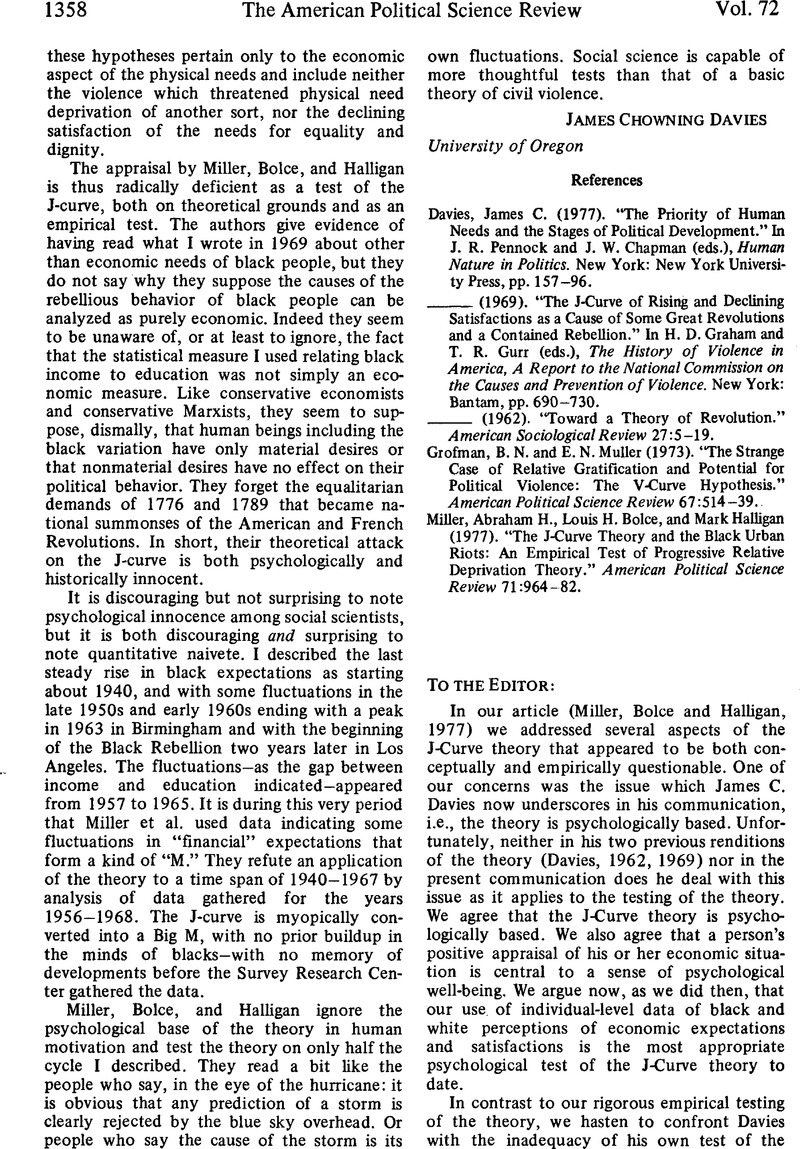Crossref Citations
This article has been cited by the following publications. This list is generated based on data provided by Crossref.
Davies, James Chowning
1979.
Comment by Davies.
American Political Science Review,
Vol. 73,
Issue. 3,
p.
825.




Comments
No Comments have been published for this article.